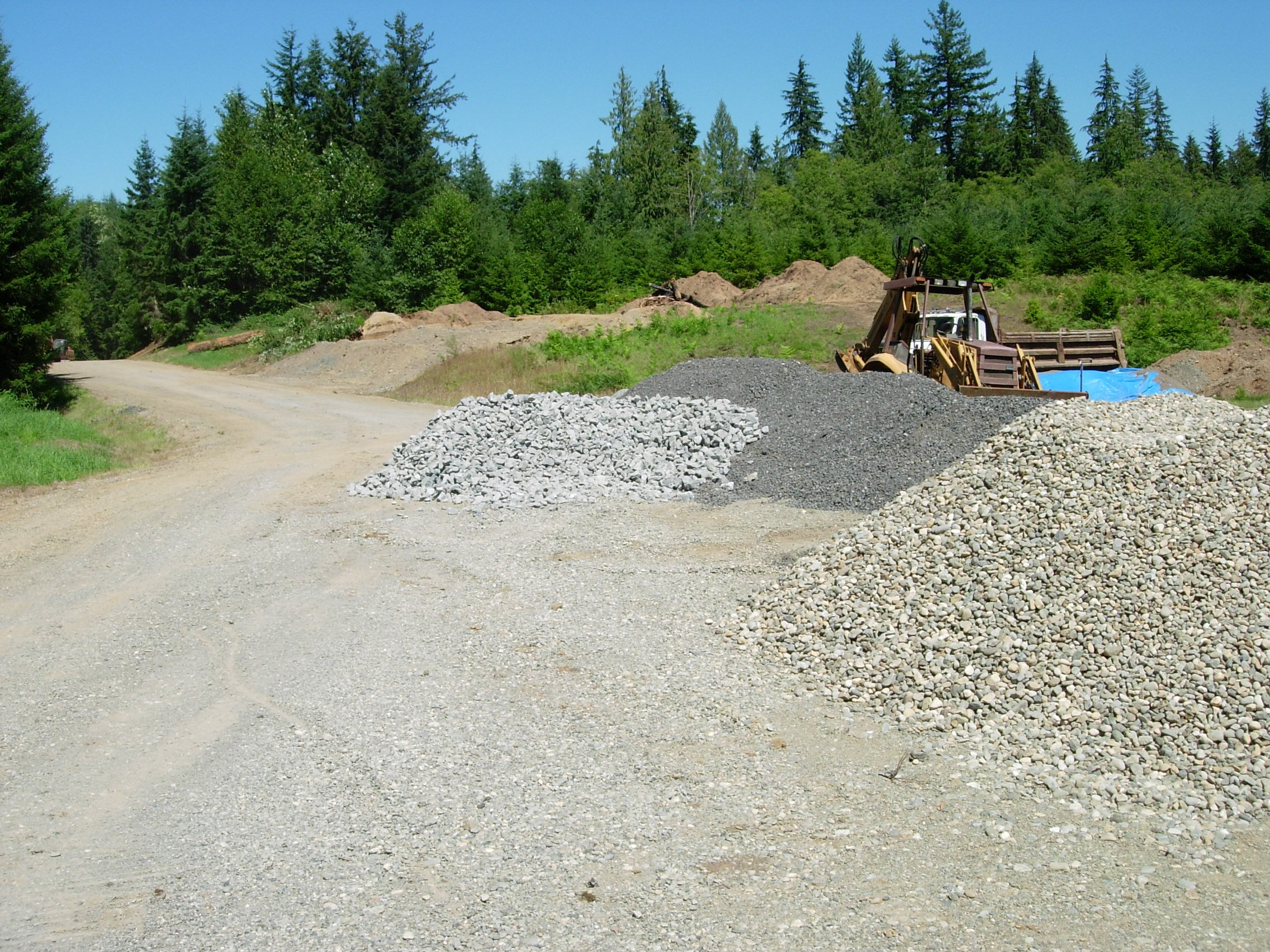Road Access In Land Development
Road access for land projects:
Road ingress and egress for my land development projects requires careful design and proper permitting prior to construction. There can be a number of problem causing considerations that are sometimes overlooked or underestimated, especially by new folks. Let’s take a look at some of the things to consider that might help prevent problems and keep costs down.
In’s and out’s:
When looking at raw land it seems universal that we assume that the roads we drove in on to get to the land can be used to access our project. Maybe so, maybe not. If it is true, what is it going to take to do it?
Offsite road infrastructure:
Understand that regional road systems have had extensive traffic studies already done on them. The impact of my land project will be felt on existing offsite roads and infrastructure going miles back. If I am going to bring, say 100 new lots into an area, there will be long-term impacts on the existing off-site road systems. If every home in my project has 2 cars, then we have 200 extra vehicles travelling to and from my community over the long haul. The potential traffic impact of my project will be measured against the existing data base for the increase in vehicles and trips and also against known traffic patterns, intersections and congestion points. A common result for me has often been to conduct required traffic studies for the project. Guess who gets to pay for that?
Offsite intersections:
This one is always fun and can be illustrated by the following short example. I had a large project years back that was over 1,000 acres. I was required to do a traffic study because the only road system to my project ran though a small town with a four-way intersection, served solely by stop signs. The county was concerned about how much more impact my project would have on that intersection. After the traffic study I was required at my cost to install traffic light signalization at the intersection. This simple stop light resulted in an extra $150,000 of cost.
Who’s in charge of what road?
Who’s in charge of the road systems leading to a project can vary. One common example for me is the freeway miles away - which is state, leading to an arterial - which is county, going through a town - which is City. There’s three levels of interest in my project right off the bat and everyone is going to want their say during the project review. The civil engineer is a vital part of the technical aspects of design and compliance and also how far back in the off-site road system the approving agencies are going to look. The civil engineer may also consult with professionals specializing in regional traffic. Yes, there are engineering firms that specialize in this area.
Those pesky turn lanes:
Dang, wouldn’t you know it! Intersections can be a real pain in the rear and there are frequently dozens of them on the way to my project. In additon to adding traffic signals, it’s also possible that widening of certain off-site intersections and creating turn lanes is on the agenda. This can get complicated, expensive and time consuming, so a thorough understanding of possible off-site road improvements is a very good idea. This suggested homework applies to small projects as well. Don’t assume…
Interior road design and construction:
Inside the project I also have many considerations. I have my main roads and finger roads, along with cul-de-sacs and entry aprons. I also have to take into account certain safety factors that the agencies are going to want for compliance:
Multiple ingress and egress points:
Let’s say my project is fed by a 35 mph county arterial and I am develping 100 lots. If I use only one access point to the project I might have a problem between 6:00 and 8:00 AM on workday mornings and also during afternoon rush hour. All those cars feeding in and out of one outlet might overburden a certain point on the county arterial. One way to fix that is to install a signal, but I avoid that if I can because of cost. Another way to skin the cat might be to use multiple ingress and egress points. Consider these issues with the engineering team and particularly, the costs involved.
Emergency vehicle access:
The county fire marshall is going to be thinking about this one. I had a project that was miles long and abutted by a county arterial. All infrastructure and traffic was on the north side. The county was ok with the traffic load on the arterial, but was concerned about emergency vehicle access confined to that side only. To approve the project they wanted an emergency vehicle access point off a different county road on the south side. I had to buy an easement and provide an improved road to get the final ok. I remember the easement cost $10,000 from the land owner and the road improvement cost I have forgotten, but it was just one more unwanted expense.
Road construction:
Once the plat is approved we have our construction plans, to include the interior road system. This task has been covered in the following article:
Road Construction In Land Development — Land Development Realities
Prior to work on the roads within the project, it might be a pre-condition to make any required off-site improvements first. In fact, if you are like me, it is likely. Just make sure to understand when setting up the critcal path for road construction - when and where required off-site improvements are to be handled.
Road access for land projects:
These few examples are presented to drive home the point that road systems for a land development project can involve both on-site design and planning, along with key technical considerations for off-site conditions. Roads are expensive, very expensive, so careful design and teamwork with the engineering team can save time, frustration and money. Good luck!
Contact me at: ldr@landdevelopmentrealities.com
Blog photos courtesy of Unsplash.com - Matt Duncan








